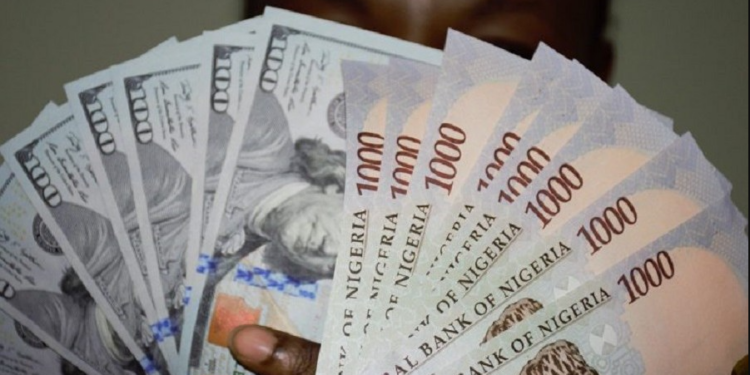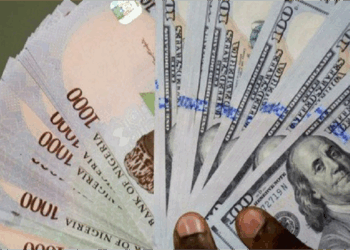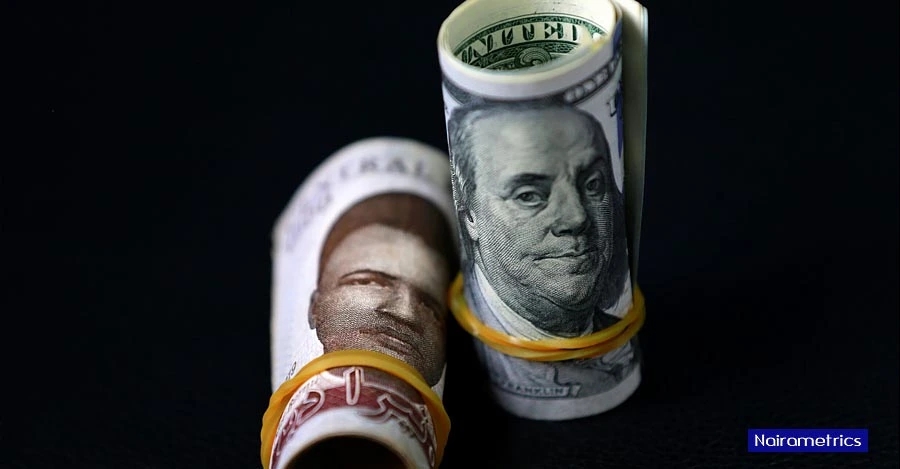The naira edged toward N1530/$ in the unofficial market at the start of the first trading session of the week.
The Nigerian foreign exchange market remains steady, supported by fewer global uncertainties and increased market confidence that continues to attract foreign portfolio investors.
A healthier net FX reserve position allows the CBN to intervene effectively when needed.
The recent easing of global trade tensions results from the US administration’s pause on previously announced reciprocal tariff increases and boosted optics in Nigerian foreign exchange market. The window for countries to renegotiate lower tariffs originally set between April 9 and July 8 has been extended through August 1.
The UK, China, and Vietnam have reached revised agreements, while several other countries are still negotiating with Washington to update their trade terms.
Nigeria is on a steady path toward fuel self-sufficiency but has not yet eliminated its dependence on imported fuel. Data for the first quarter show a smaller overall import bill, suggesting that although fuel import volumes have decreased, a complete phase-out is still in play.
Together with consistent capital inflows, the optimistic forecast for oil earnings should provide ongoing support for the naira and improve the stability of the FX market in the near term.
The average daily production of crude oil (excluding condensates) increased by 3.6% from 1.45 million barrels per day in May to 1.51 million barrels per day in June 2025, according to recent data from the Nigerian Upstream Petroleum Regulatory Commission.
Nigeria has now fulfilled its OPEC production limit for the first time in five months, a sign of increased operational effectiveness and security surrounding its oil-producing resources.
Market expectations are high as the Monetary Policy Committee meets this week, following the release of the inflation report by the National Bureau of Statistics last week. The report indicates the headline inflation rate has softened to 22.22 percent, down from 22.97 percent in May 2025, a modest but notable decline of 0.76 percent.
According to the latest data, the Consumer Price Index (CPI) rose to 123.4 in June 2025, up two points from the previous month’s 121.4. Compared to June 2024, the inflation rate has decreased by 11.97 percentage points from 34.19 percent.
U.S. dollar index slips in global markets
The US Dollar Index (DXY) dipped to around 98.45 during early European trading on Monday. Concerns about President Trump’s tariff plans, US fiscal health and debt trajectory, and the Federal Reserve’s independence are all weighing on the dollar against major currencies.
- Market participants will closely watch for any updates on tariff plans. The Financial Times reported last week that Trump is considering imposing tariffs between 15 percent and 20 percent on EU imports.
- At the same time, Commerce Secretary Howard Lutnick said on Sunday that the US still aims for a deal with the EU, though he warned tariffs will automatically take effect if no agreement is reached by the August 1 deadline.
- Additional dovish comments from US Federal Reserve officials could lead to a weaker dollar. Fed Governor Christopher Waller highlighted that the Committee should consider a rate cut at the July meeting to support a labor market that seems to be softening. He added that the Fed does not need to wait for worsened conditions before lowering policy rates.
Market forecasts suggest the Committee will likely keep rates unchanged at the upcoming meeting, with a 94% chance of no change and a 6% chance of a 25-basis-point cut.
The greenback experienced its most significant quarterly decline since 1973 during the first quarter of 2025, falling 10.8% after a prolonged rise. The decline was mainly driven by uncertainty over President Trump’s trade and fiscal policies, including new tariffs, increased borrowing to fund government initiatives, and rising demands on the Fed.
- Global investors are unsure if this decline will ultimately strengthen Chinese A-shares or if the increase will be restricted, given that the dollar is still falling and has no immediate support.
- Global stocks, particularly in emerging markets, typically benefit from a declining value of the US dollar. According to UBS’s ten-year analysis, emerging market equity performance has generally increased by roughly 9% for every 10% decline in the DXY.
The reasoning is straightforward: a declining dollar lowers the cost of exports and debts denominated in dollars, increasing profits and margins. These mechanics give people hope. Because their financing costs will be lower, industries with large dollar-denominated debt, such as electronics, nonferrous metals, transportation, and home appliances, stand to gain the most from a weaker dollar in terms of profitability.





















